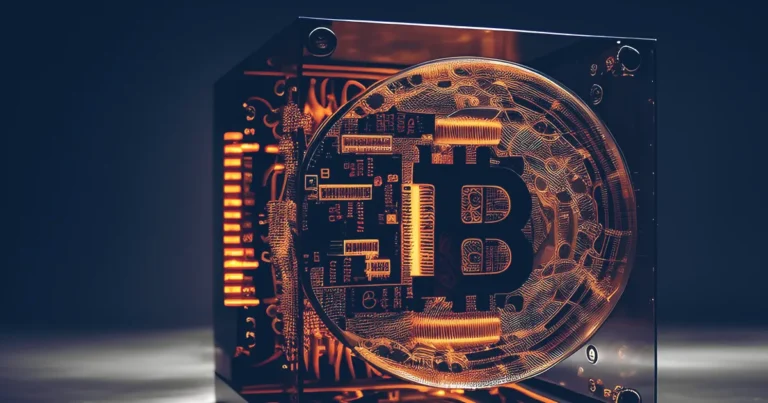16-6-2025 – In a subtle yet significant shift for the Bitcoin ecosystem, the network’s mining difficulty, which peaked at an unprecedented 126.9 trillion on 31 May, eased marginally to 126.4 trillion on Saturday, according to insights from CryptoQuant. This adjustment follows a period of intense computational competition, underscored by a record-breaking network hashrate that surged past 1 zetahash per second (ZH/s) on 5 April—a milestone that cements Bitcoin’s status as a formidable decentralised monetary system. The hashrate, a measure of the collective computing power fortifying the Bitcoin protocol, has intensified the pressures on miners, who now grapple with heightened competition and spiralling production costs.
Bitcoin miners adapt post-halving: MARA leads with strategic BTC holding
Despite these challenges, exacerbated by the April 2024 halving that slashed block rewards, some publicly traded mining firms are defying the odds with bold expansion strategies. MARA, a prominent player in the sector, reported a remarkable 35% surge in Bitcoin production for May, mining 950 BTC and bolstering its treasury reserves to an impressive 49,179 BTC—one of the largest corporate holdings globally. “A record production month for MARA—and we sold zero Bitcoin,” declared Salman Khan, the company’s chief financial officer, in a 3 June post on X, signalling a strategic pivot towards retaining mined assets as a long-term store of value.
CleanSpark embraces green mining and BTC treasury growth
Similarly, CleanSpark, a mining outfit championing sustainable energy, reported a 9% uptick in its May output, extracting 694 BTC and elevating its reserves to 12,502 BTC. “Our month-end hashrate climbed to 45.6 exahashes per second, a 7.5% rise from April,” noted Zack Bradford, CleanSpark’s president and CEO, in the company’s latest update. This trend of accumulating Bitcoin as a treasury asset marks a profound shift in the industry, departing from the traditional practice of liquidating coins to offset operational expenses.


